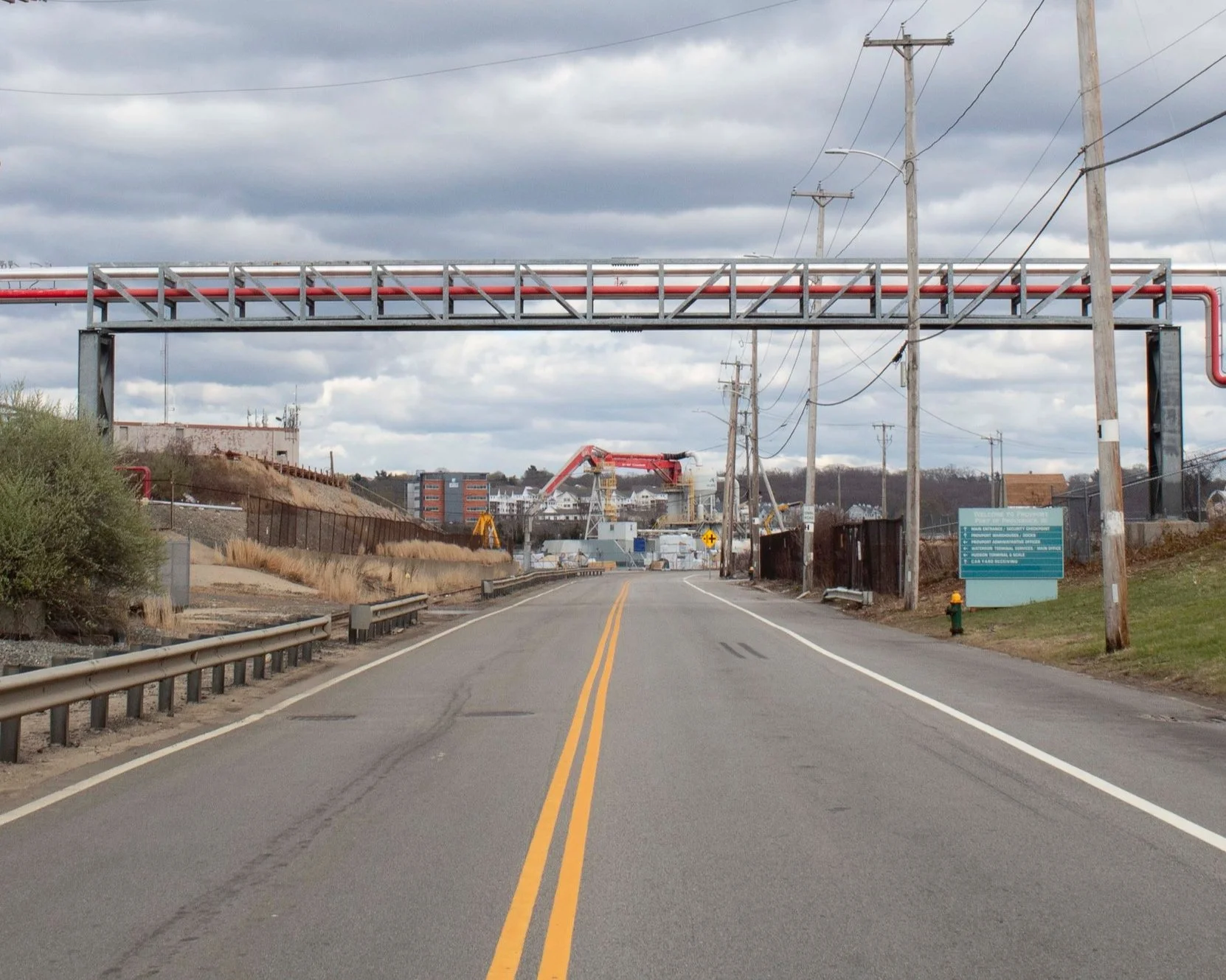Student Research Archive
Click here to visit Breathe Providence’s digital repository.
Check out the links below for overviews of past projects and findings coming from the Breathe Providence Team. Previous work has explored the distributions of pollutants across the network, specific air pollution events in Providence, and methods in community engagement and education.
Unveiling the Local Impact of Wildfire Pollution Events Using the Breathe Providence Network
This project, by Kate Farber, analyzes particulate matter measured in the Breathe Providence network during extreme air quality disturbances caused by Canadian wildfires. Her research utilizes meteorological data to distinguish local versus long-range transported pollution, explores the network-wide impact of the smoke events, and considers the implications of wildfire events for human health.
Supporting High School STEM Achievement and Environmental Justice Through Hyperlocal Air Quality Monitoring
In this work, Vasu Jayanthi outlines the development of two earth- and environmental-science-focused teaching modules for Providence Public Schools. This new curriculum, taught at Hope High School through the DEEPS CORES program, is meant to bring awareness to issues of environmental justice on a hyper-local scale. Students were able to connect air quality lessons from the classroom to case studies and lived experiences in an effort to equip them for advocacy and engagement.
Fine Particulate Matter in Providence: Siting, Calibration, and Analysis of the Breathe Providence Hyperlocal Air Monitoring Network
In this senior thesis, Meg Fay developed a field calibration of fine particulate matter data (PM2.5), and analyzed it on a city scale. Results demonstrate that the calibration is able to preserve local differences in pollution patterns between sites. This work also describes the development of an Air Quality Vulnerability Index (AQVI), which guided the monitoring site selection process. The AQVI sought to represent community priorities and focus monitoring locations where vulnerable populations live.
Towards an Accessible Understanding of Providence’s Air Quality: Environmental Communication to Engage Broad Audiences
This project investigates how Breathe Providence can most effectively utilize digital tools to communicate with community groups and local governmental entities. Author Lily Lustig prioritized communication channels such as newsletters and websites as a way of publicizing information for its use in advocacy and policy change.
Emphasizing Environmental Justice in Environmental Education
Environmental education frameworks need to acknowledge the intricate relationship between socioeconomic status, race, and environmental issues. In this work, Aissata Barry describes her contributions to several Breathe Providence education and outreach events in the summer of 2023. In addition to creating materials and acting as a facilitator, Aissata studied participants’ engagement during the events.
Investigating Potential Causes of Intra-Urban Air Quality Variation via The Breathe Providence Network
This project focuses on two monitors located in close proximity, at Zuccolo Recreation Center and United Way of Rhode Island, in an effort to understand how local dynamics can influence CO concentration. Adam Gendreau’s research illustrates how roadway proximity, prevailing wind patterns, point source emitters, topography, vegetation, and urban microclimate conditions contribute to pollutant concentrations. He explores wind patterns and how building and tree canopy heights may trap or alleviate the distribution of CO.
Investigating the Role of the Transportation Sector on Providence’s Intra-Urban Air Quality Trends
This project seeks to understand how commercial shipping corridors, bus routes, and freeways impact local air quality. Adam Gendreau studied concentrations of CO, CO2, and PM2.5, documenting how proximity to transportation corridors can elevate average CO exposure. The culmination of Adam’s data analysis and state and city government policy review is a series of recommendations to make air quality metrics more effective and improve the chances of meeting reduction targets.
Assessing the Co-Burdens of Air Quality and Noise Pollution in Providence, Rhode Island
In this work, PhD student VIvien Chen explores the spatiotemporal relationships between air pollution and noise in Providence neighborhoods. In collaboration with the Community Noise Lab, Vivien co-located noise monitors at 4 Breathe Providence air monitoring sites in the summer of 2023. She examined the relationship between the environmental burdens under typical air pollution conditions and under a wildfire smoke disturbance.
Incorporating Lived Experience from Residents of Providence, Rhode Island into the Scientific Method
In this project, Asiah Donahue developed accessible communications materials focused on summertime air quality and extreme heat. She also created educational curricula for sessions with Groundwork RI’s Youth Green Team, such as planning hands-on activities and leading discussions with the students focused on neighborhood-scale air pollution and students’ lived experiences within environments where they live, go to school, and recreate.








